Syrah vs Cabernet Sauvignon, two popular red wine varietals, have long captivated many wine lovers and enthusiasts with their distinctive characteristics, silky texture and rich flavors. While both wines are renowned for their boldness and complexity, they each possess unique traits that set them apart from one another. If you prefer red wine with a high acidity pinot noir is your perfect choice.
So whether you’re a seasoned oenophile or simply curious about these celebrated varietals, join us on a journey of discovery as we unravel the differences between Syrah and Cabernet Sauvignon.
Understanding Syrah or Shiraz Wines
Syrah, also known as Shiraz in Australia and South Africa, is a bold and powerful red varietal wine that has gained worldwide popularity. Syrah ans Shiraz are more or less the same wine which differ in the terroir they come from. Originating from the northern Rhône- Valley in France, this wine grape variety produces luxurious wines with intense flavors, rich and complex aromas.
The most famous wine region for Australian shiraz is the barossa valley and eden valley providing wines with a robust flavor profile and aging potential.

One of the distinguishing characteristics of this full, medium bodied wine is its dark purple color. This deep hue hints at the varietal wine’s intense flavors, which often include notes of blackberry, black pepper, and smoked meat. This full bodied wine is an ideal companion for hearty dishes like grilled steak or barbecue ribs. However, what truly sets shiraz wine apart is its ability to age gracefully.
With time, this varietal red wine grapes develops more complexity and softens its tannins to offer an even smoother wine drinking experience. The black pepper notes Shiraz and Syrah wines are due to rotundone. You may know it from herbs and dried herbs like bay leafs and rosemary. It is found in the grape skins and is predominantly found in colder wine growing regions.
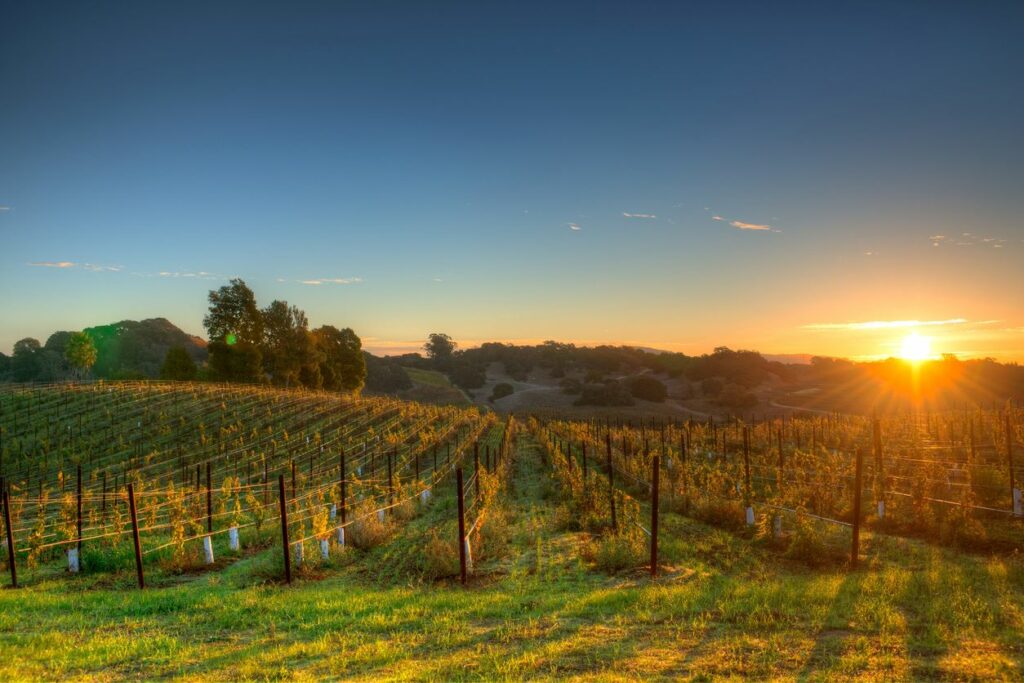
While Syrah or Shiraz wine may be renowned for its boldness both are the same grape. It can also showcase elegance depending on where it’s grown. In cooler climates like Northern parts of France’s Rhone Valley or parts of California’s coastlines, Shiraz wines exhibit a more nuanced character with earthy flavors and silky tannins. Conversely, hotter regions colder climates like Argentina or South Africa produce fuller-bodied expressions with bolder red fruit flavors and lower pepper spice notes.
Understanding Cabernet Sauvignon
Its characteristically bold and robust flavors have made it a favorite amongst wine connoisseurs for centuries. Originating from Bordeaux, France, Cabernet Sauvignon wine is known for its deep red color and full bodied taste that often includes notes of black cherry, cassis, and tobacco.
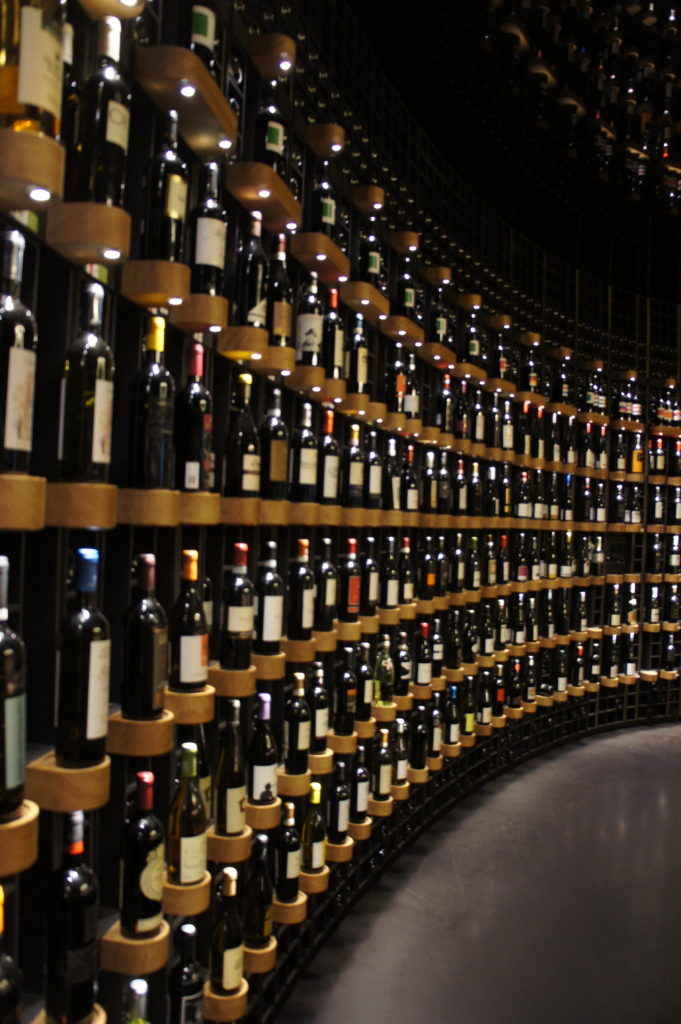
What sets Cabernet Sauvignon wine apart is its ability to age gracefully. Unlike many other wines that peak within a few years of bottling, Cabernet Sauvignon can evolve and improve over time, allowing its high tannins to soften and revealing complex layers of flavor. This aging potential makes it an excellent choice of wine for collectors or those looking to impress with a well-preserved bottle.
Beyond its renowned reputation in French winemaking, Cabernet Sauvignon wine has found success around the globe. Regions like California’s Napa Valley have embraced this single varietal wine, producing exceptional Napa cabernet examples that rival even the most esteemed estates from the Bordeaux region. Each region imparts its own unique characteristics on the finished varietal wine through factors such as climate and soil composition.
In addition to being a standalone star in bottles labeled as Cabernet Sauvignon wine, this grape variety also plays an essential role in blending with other varietals. It offers structure, depth, and an elegant backbone when combined with grape varieties like Merlot or Cabernet Franc.

Similarities of Syrah and Cabernet Sauvignon
Shiraz and Cabernet Sauvignon are two of the most popular red wine grape varieties in and around the world, yielding great wines. They are known for their bold flavors and ability to age well. While they may differ in terms of origin and characteristics, there are surprising similarities between the two grapes that make them favorites among wine enthusiasts.
Firstly, both Syrah and Cabernet Sauvignon tend to have a higher level of alcohol content compared to many other red wines. This higher alcohol level contributes to their boldness and richness, creating a memorable drinking experience.
However, the way in which this alcohol is expressed differs between the two varieties. Shiraz often exhibits an elegant balance between its fruitiness and high alcohol content, while Cabernet Sauvignon wine tends to showcase bold tannins alongside black fruit and its elevated levels of alcohol.
Cabernet Sauvignon Shiraz vs Pinot noir
Shiraz, Cabernet Sauvignon and Pinot Noir are three of the most popular red wine varietals, each offering a unique and distinct flavor profile. Cabernet Sauvignon is known for its bold tannins and rich dark red fruit flavors, making it a favorite among those who enjoy full bodied wines. Meanwhile, Shiraz, also known as Syrah in some regions, boasts a spicy and peppery character with notes of blackberry and chocolate. On the other hand, Pinot Noir is celebrated for its lighter medium bodied character and delicate flavors of cherry, strawberry, and earthy undertones. If you prefer a higher acidity in red wines pinot noir wine is your perfect choice.
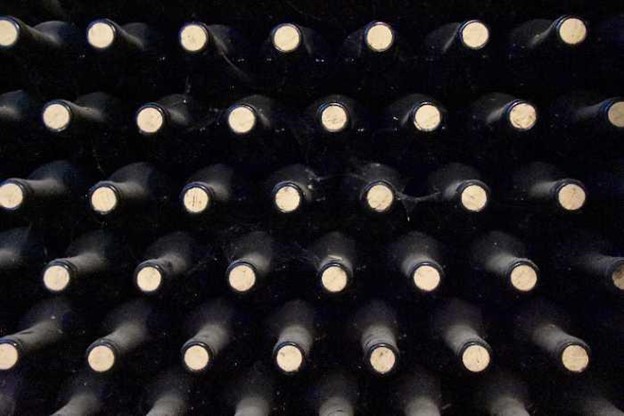
Terroir
One commonality is their significant potential for expression of terroir. Both Shiraz grapes and Cabernet Sauvignon grapes are highly influenced by the soils and climates in which they are grown, resulting in distinct flavor profiles. This means that a Shiraz from one region can taste completely different from a Shiraz from another region, just like with Cab Sauvignon. It is fascinating to explore how the same grape variety can manifest itself differently based on its surroundings.
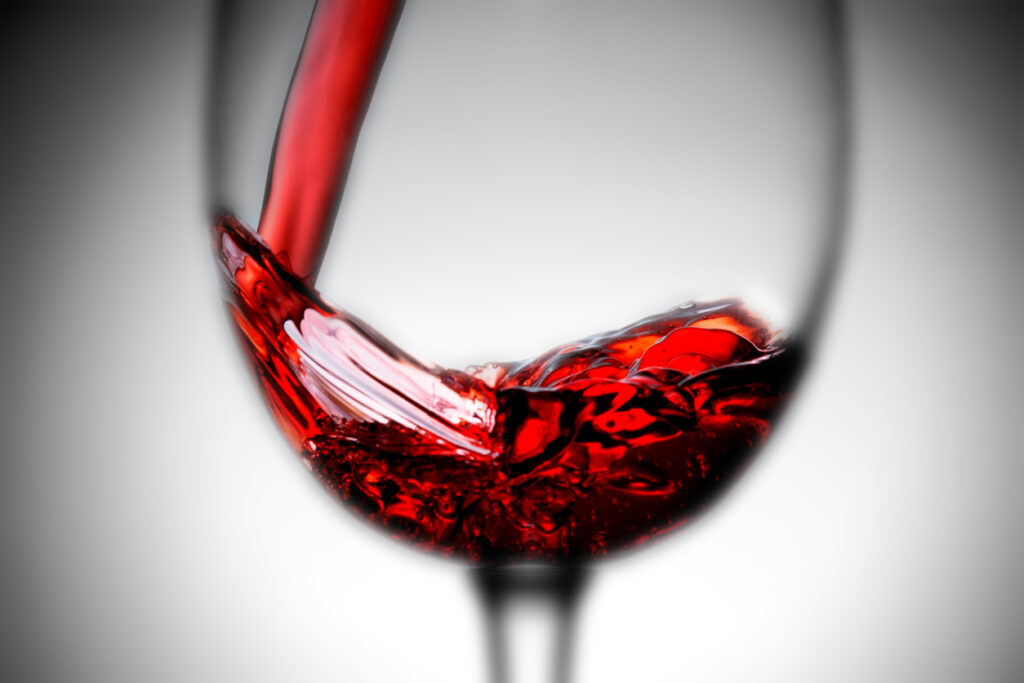
Robustness and Tannins
Another similarity between Shiraz and both Cabernet sauvignon Sauv lies in their robustness and aging capabilities. Both varietals have high tannin levels, giving rise to structured wines that benefit from cellaring. This allows them to develop complex flavors and mellow out over time while retaining their intensity. Whether it’s a well-aged bottle of Syrah or a matured Cabernet Sauvignon, these wines often offer layers of complexity that captivate the senses.

Wine Making Styles
Finally another shared characteristic is their potential for sweetness in certain vintages or winemaking styles. While both these cabernet sauvignon grape varieties are generally perceived as dry wines, there can be instances where either wine displays subtle sweetness on the palate. In Shiraz, this sweetness may come from ripe black fruit or jammy flavors that lend a touch of lusciousness to the overall flavor profile. of the wine.
On the other hand, Cab Sauv can surprise with hints of aromas of dark chocolate or black cherry notes that subtly enhance its perceived sweetness without compromising its dry structure. Winemakers age cabernet sauvignon wine in oak barrels giving the finished wine vanilla und oak notes.

Differences between Syrah and Cabernet Sauvignon
Shiraz and Cabernet Sauvignon are two of the most popular red wine varietals in the world, with each showcasing its unique characteristics and appeal.
Syrah, also known as Shiraz in some regions, tends to produce bold, powerful, and full bodied wine. It is often described as having flavors of dark fruits such as blackberry and other black cherries or cherry. They are earthy flavors are accompanied by notes of spice, green bell pepper, black pepper, black olives and even a hint of smoked meat.
On the other hand, Cabernet Sauvignon is celebrated for its structured elegance high acidity and complexity. With a higher tannin profile compared to Syrah, it has a firmer grip on the palate. It offers flavors of black currant, plum, cedarwood, and sometimes even hints of tobacco or mint.

Regions
One key difference between these two red wines lies in their growing conditions. While both Syrah and Cabernet Sauvignon can thrive in various climates around the world, Cabernet Sauvignon generally prefers warmer regions with longer growing seasons.
Its thick-skinned grapes require warm climates and ample time on the vine to fully ripen and develop their characteristic aromas and flavors. In contrast, Syrah is more adaptable to different climates. It can excel in cooler regions like France’s northern Rhone Valley. Here it produces elegant expressions.
In hotter climates such as Australia’s Barossa Valley it delivers more intense fruit-forward styles.

Food Pairing
When it comes to fine wine and food pairings, Syrah and Cabernet Sauvignon each offer unique characteristics that can enhance a meal in different ways.
Syrah or Shiraz
Syrah, also known as Shiraz, is known for its bold flavors and peppery spice notes. This makes it an excellent choice for food pairings with heartier meats like lamb, beef or red meat in general. The robust nature and taste of Syrah allows it to stand up to the richness of these dishes. At the same time the spice adds another layer of complexity. It can also be paired to rich pasta dishes.
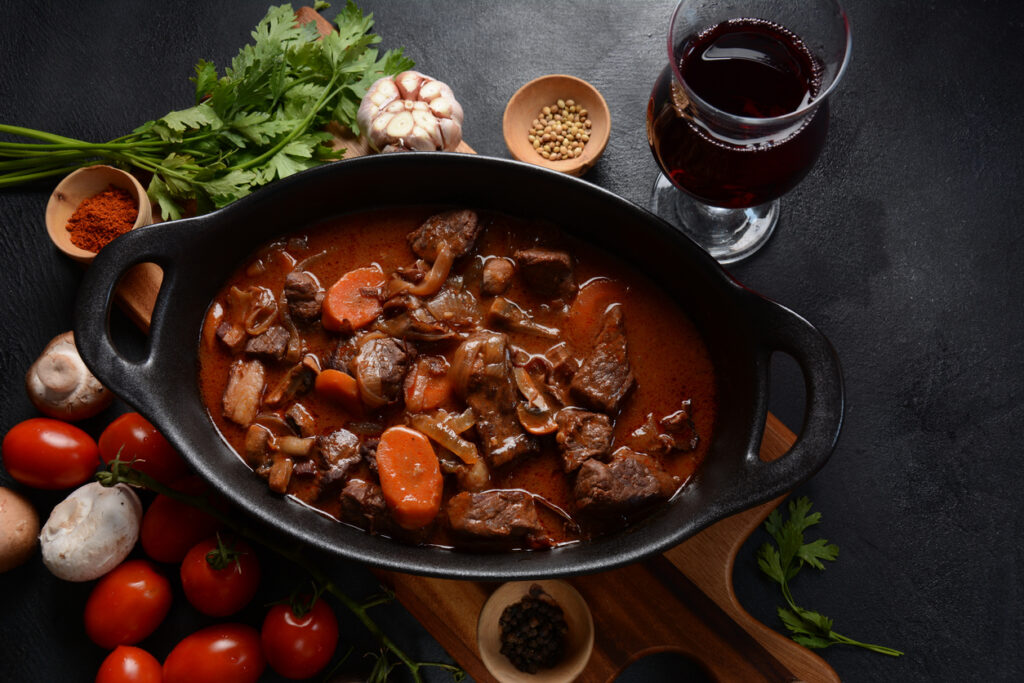
Cabernet Sauvignon
On the other hand, Cabernet Sauvignon boasts a more structured profile with pronounced tannins and dark fruit flavors. This makes the lighter bodied wine an ideal companion for aged cheeses and grilled meats such as steak or venison. The firm tannins in Cabernet Sauvignon can help cut through the fattiness of these foods, cleansing the palate with every sip. Pasta and pasta dishes also present a good opportunity for food pairings with Cab Sauv.
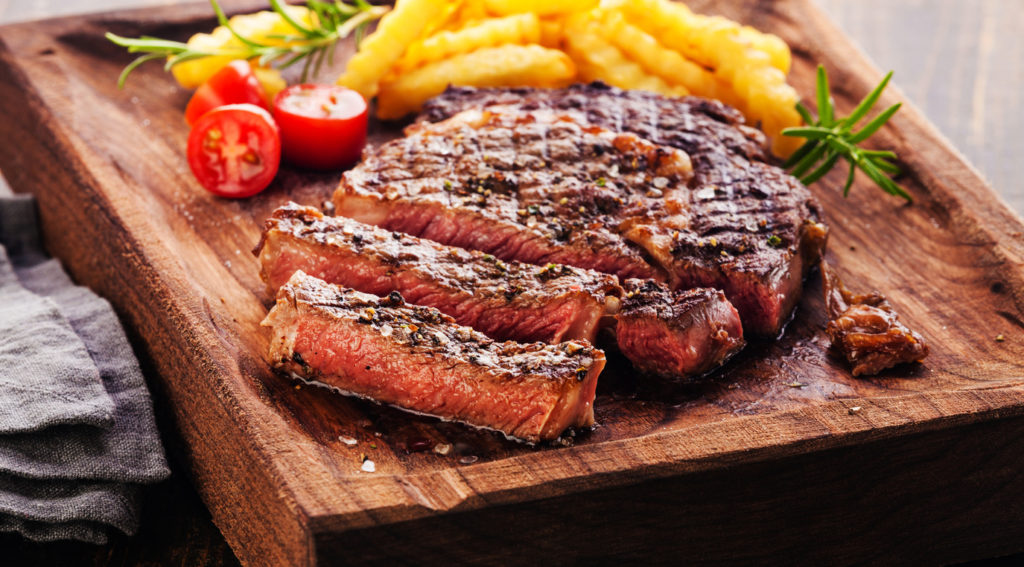
Which wine is drier – Syrah or Cabernet Sauvignon?
When it comes to determining the dryness of a red wine, factors such as grape variety and winemaking process play crucial roles. Syrah and Cabernet Sauvignon are both popular red wine grape varietals. They are known for their rich flavors, but which one is drier? The truth is that the dryness level of these wines can vary depending on several factors.

Syrah, also known as Shiraz in some parts of the world, typically offers a medium to full-bodied profile with bold tannins and intense dark fruit flavors. While some Syrahs can be slightly jammy in style, many producers opt for a drier expression with less residual sugar.
On the other hand, Cabernet Sauvignon tends to be denser and more structured with higher tannins than Syrah. While this can give the perception of more dryness on the palate, there are examples within both varietals that showcase different degrees of sweetness or ripeness.

Ultimately, it’s difficult to definitively say whether Syrah or Cabernet Sauvignon is dry. It depends on individual bottle variations and personal preferences.
Final Notes
In conclusion, while both Syrah and Cabernet Sauvignon are popular red wine varietals, they possess distinct characteristics that set them apart. Syrah is known for its boldness, with rich flavors of blackberry, green pepper, and smoked meat.
On the other hand, Cabernet Sauvignon offers a more structured and elegant profile, with notes of blackcurrant, cedar, and tobacco. Both wines have their own unique appeal and pair well with different types of food.
Whether you prefer the intensity of Syrah or the refined nature of Cabernet Sauvignon, exploring these varietals can offer a delightful journey into the world of red wine. So why not grab a bottle of each and experience the difference for yourself?

